Regulatory Standards and Compliance
The establishment of regulatory standards and compliance requirements for sports protective gear is a crucial driver for the Sports Protective Gear Market. Various sports organizations and governing bodies are implementing stringent safety regulations to ensure that athletes are adequately protected during competitions. These regulations often mandate the use of certified protective gear, which compels manufacturers to adhere to specific safety standards. As a result, the demand for compliant protective gear is likely to increase, as athletes and teams seek to meet these requirements. This trend not only enhances the credibility of the Sports Protective Gear Market but also encourages innovation among manufacturers to develop products that meet or exceed regulatory expectations. Consequently, the market is expected to expand as compliance becomes a priority for athletes and organizations alike.
Increased Awareness of Injury Prevention
There is a growing awareness regarding the importance of injury prevention in sports, which significantly influences the Sports Protective Gear Market. Athletes, coaches, and parents are increasingly recognizing the potential risks associated with sports participation. This heightened awareness has led to a greater emphasis on the use of protective gear to mitigate injuries. Research suggests that injuries can be substantially reduced through the proper use of protective equipment, which has prompted many organizations to implement safety protocols. As a result, the Sports Protective Gear Market is likely to benefit from this trend, as more individuals prioritize safety and invest in high-quality protective gear. Additionally, educational campaigns and initiatives aimed at promoting safe sports practices further bolster this market driver.
Growth of E-commerce and Online Retailing
The rise of e-commerce and online retailing is significantly impacting the Sports Protective Gear Market. With the increasing prevalence of online shopping, consumers are more inclined to purchase sports protective gear through digital platforms. This shift in consumer behavior is driven by the convenience and accessibility that online shopping offers. Additionally, e-commerce platforms often provide a wider range of products, allowing consumers to compare options and make informed decisions. Recent data indicates that online sales of sports equipment, including protective gear, have seen substantial growth. As more consumers turn to online channels for their purchases, the Sports Protective Gear Market is likely to benefit from this trend, as manufacturers and retailers adapt their strategies to capitalize on the expanding digital marketplace.
Rising Participation in Sports Activities
The increasing participation in various sports activities appears to be a primary driver for the Sports Protective Gear Market. As more individuals engage in sports, the demand for protective gear rises correspondingly. Recent statistics indicate that participation rates in sports have surged, particularly among youth and amateur athletes. This trend is likely to continue, as communities and schools promote physical activity and sports as a means of fostering health and teamwork. Consequently, the Sports Protective Gear Market is expected to experience growth, as athletes seek to minimize injury risks through the use of appropriate protective equipment. Furthermore, the rise in organized sports leagues and events contributes to this demand, as participants are often required to wear protective gear to ensure safety during competitions.
Technological Innovations in Protective Gear
Technological advancements in the design and manufacturing of sports protective gear are transforming the Sports Protective Gear Market. Innovations such as lightweight materials, enhanced shock absorption, and moisture-wicking fabrics are becoming increasingly prevalent. These advancements not only improve the performance of the gear but also enhance comfort and usability for athletes. For instance, the integration of smart technology into protective gear, such as sensors that monitor impact levels, is gaining traction. This trend indicates a shift towards more sophisticated protective solutions that cater to the evolving needs of athletes. As manufacturers continue to invest in research and development, the Sports Protective Gear Market is poised for growth, driven by the demand for cutting-edge protective equipment that offers superior safety and performance.


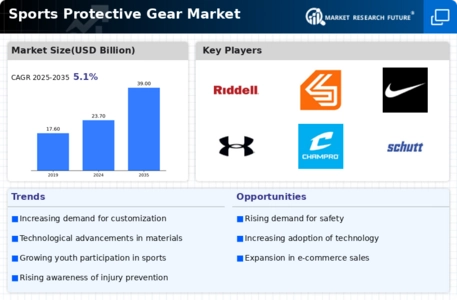
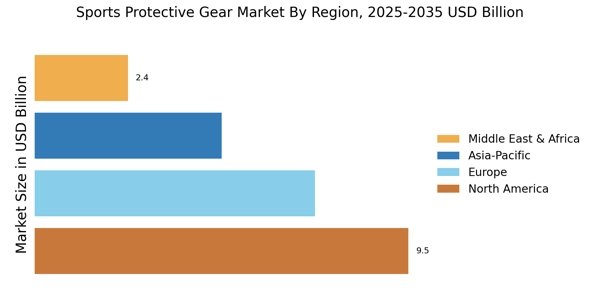

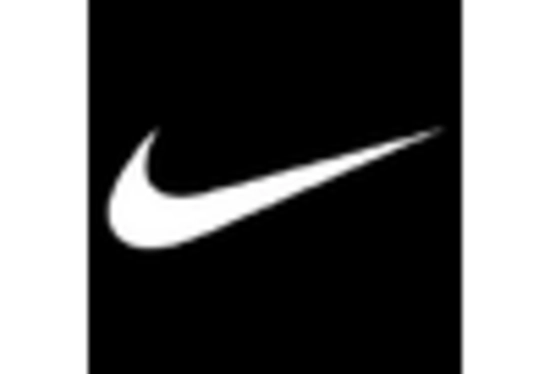
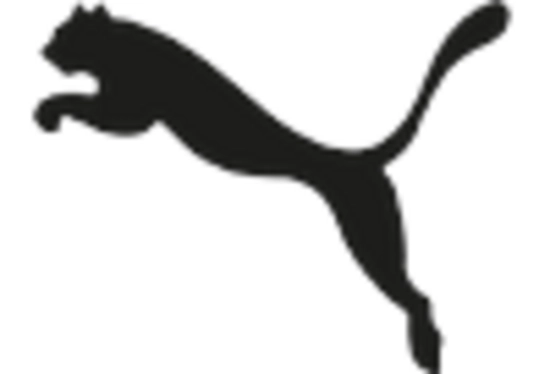
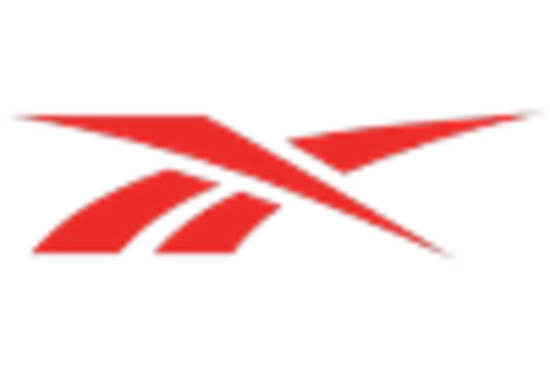
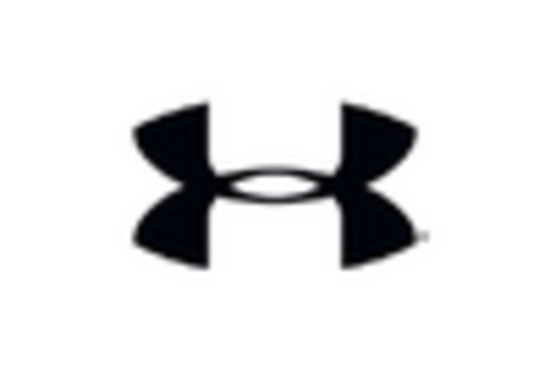
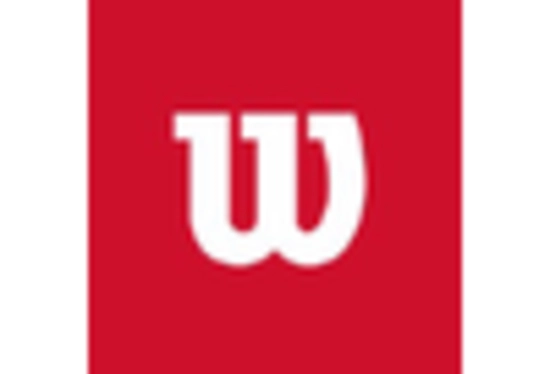








Leave a Comment